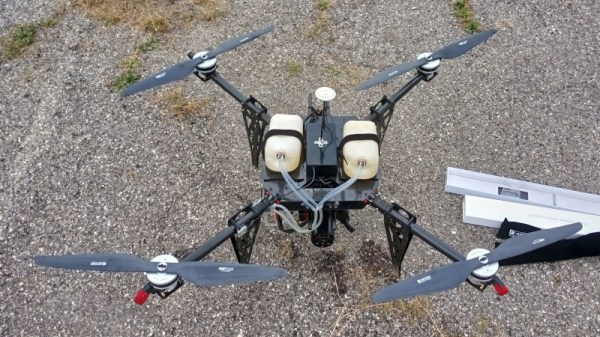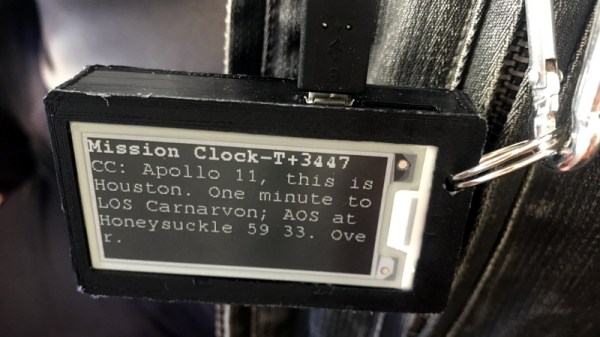Remember the end of GandCrab we talked about a couple weeks back? A new wrinkle to this story is the news that a coalition of law enforcement agencies and security researchers have released a decrypter and the master decryption keys for that ransomware. It’s theorized that researchers were able to breach the command and control servers where the master keys were stored. It’s yet to be known whether this breach was the cause for the retirement, or was a result of it.
Apple’s Secure Enclave is Broken?
A Youtube video and Reddit thread show a way to bypass the iPhone’s TouchID and FaceID, allowing anyone to access the list of saved passwords. The technique for breaking into that data? Tap the menu option repeatedly, and cancel the security prompts. Given enough rapid tries, the OS gives up on the validation and simply shows the passwords!
The iPhone has an onboard security chip, the Secure Enclave, that is designed to make this sort of problem nearly impossible. The design specification dictates that data like passwords are encrypted, and the only way to decrypt is to use the Enclave. The purpose is to mitigate the impact of programming bugs like this one. It seems that the issue is limited to the iOS 13 Beta releases, and you’d expect bugs in beta, but a bug like this casts some doubt on the effectiveness of Apple’s Security Enclave.
URL Scheme Hijacking
Our next topic is also iOS related, though it’s possible the same issue could effect Android phones: URL scheme problems. The researchers at Trend Micro took a look at how iOS handles conflicting app URLs. Outside of the normal http: and https: URLs, applications can register custom URL schemes in order to simplify inter-process communication. The simplest example is something like an email address and the mailto: scheme. Even on a desktop, using one of these links will open a different application to handle that request. What could go wrong?
One weakness in using URL schemes like this is that not all apps properly validate what launched the request, and iOS allows multiple apps to use the same URL scheme. In the example given, a malicious app could register the same URL handler as the target, and effectively launch a man-in-the-middle attack.
Bluekeep, and Patching Systems
It has been five weeks since Bluekeep, the Remote Desktop Protocol vulnerability, was revealed. Approximately 20% of the vulnerable systems exposed to the internet have been patched. Bitsight has been running scans of the remaining vulnerable machines, and estimates about 800,000 remaining vulnerable systems. You may remember this particularl vulnerability was considered so problematic that even the NSA released a statement encouraging patching. So far, there hasn’t been a worm targeting the vulnerability, but it’s assumed that at least some actors have been using this vulnerability in attacks.




















